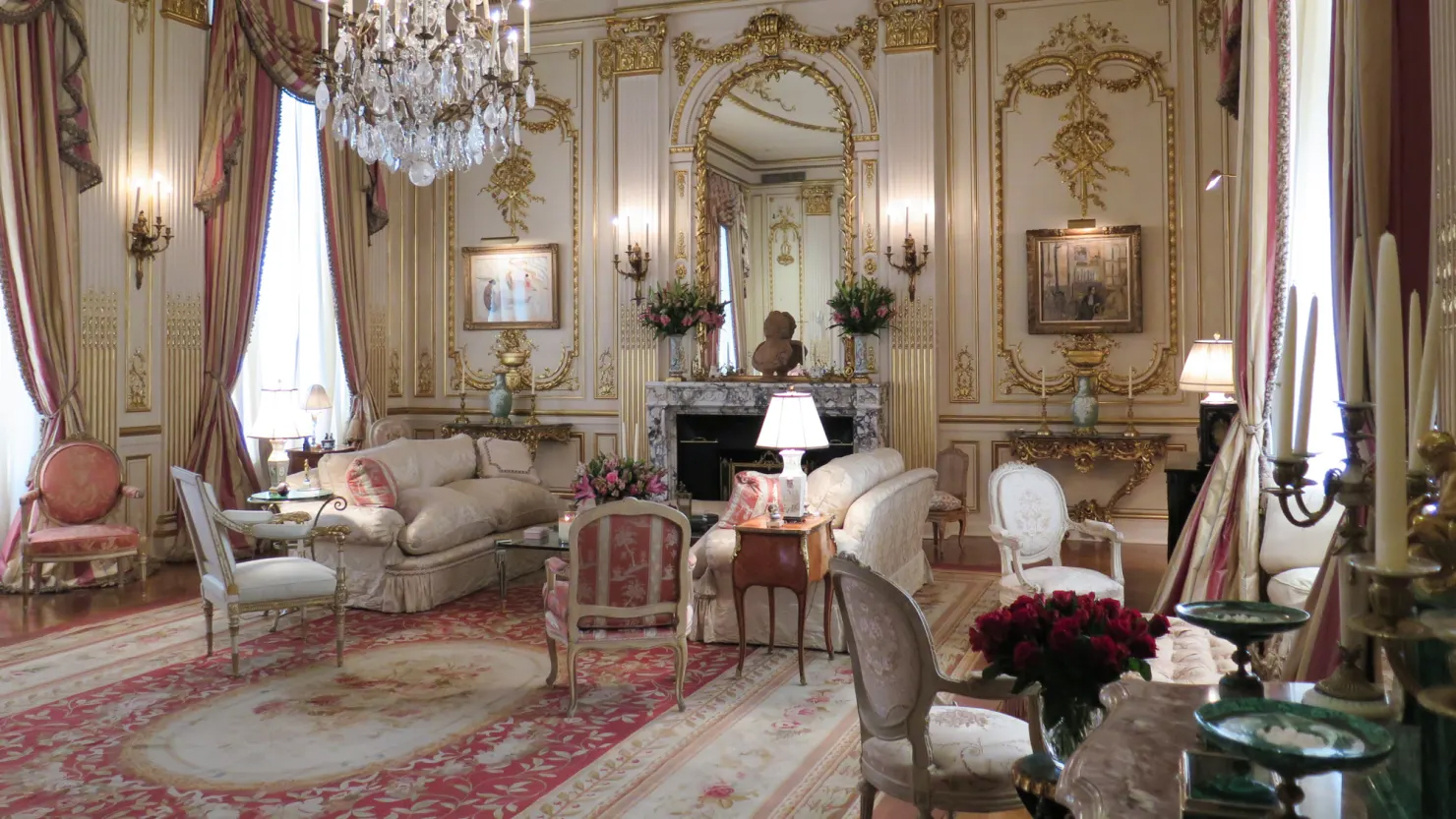
Born in 1955 in Verona, designer and artist Giorgio Vigna is known for his use of glasswork and his multiple collaborations with Venetian glassmaker Venini, which have resulted in a number of unique objects as well as Venini’s first glass jewelry collection, Talismani, in 1998. Vigna also created Iittala’s highly successful glass Birds collection in 2007 and designed the company’s first jewelry collection, Piilo Amulet in 2010.
Vigna first worked as a stage designer in the 1980s in Rome, before moving his studio to Milan in 1990, where he is still based. Much of his inspiration comes from nature, “water, fire… micro and macro cosmos… lightness and heaviness,” the artist said, adding he doesn’t distinguish between his jewelries and sculptures, seeing the former as a “continuation as they are all part of a single cosmos.”
Vigna’s jewelry creations was highlighted at Miami Design/ Basel, with Elisabetta Cipriani dedicating a large part of her booth to the Italian creator with 30 unique pieces available as expressions of the diverse disciplines he works with: the virtues of glass, jewelry as sculpture, and the soul of the precious. A section of the exhibition was dedicated to Sospeso (suspended), the first jewelry project of rings and pendants he created in collaboration with Elisabetta Cipriani in an edition of five and as an homage to his Sospeso sculpture that had been commissioned for the “TRA. Edge of becoming” exhibition held at the Fortuny museum, in 2011, during the 54th Venice Biennale.
“What makes Giorgio Vigna’s work unique is his incessant experimentation with different medium, bringing back his artifice to a natural state,” notes London based gallerist Elisabetta Cipriani pointing to his investigation of materials such as glass, metals, and paper.
His work is constantly developing, straddling art and design. Vigna explains he was probably attracted to jewelry design because his maternal grandfather had a goldsmith’s workshop.
Asked about his recurrent use of glass and the appeal of the material Vigna says “Glass is like water that has been captured, its unstoppable flow suspended for a moment in time.”
Vigna goes on to say “In each new exhibition, and especially for this one with Elisabetta Cipriani gallery in London there are always new developments of my artistic universe, but also pieces never seen before that are always part of this universe and come to light on this occasion,” the artist notes his inspiration came from “the element of water and glass, sand… handmade Murano glass, gold leaf… from water to rock, a journey into a new cave just discovered in a distant planet.”
We are pleased to present our collection of Vignas’ work here at the Antique Warehouse. These piece were acquired in Paris and brought to Vancouver.
 .
.
Light as a feather yet created out of silver, sand, and crystal this beautiful necklace is perfect for the Holiday Season. Look under new arrivals to see more of Vigna’s work. Available in time for Christmas.







